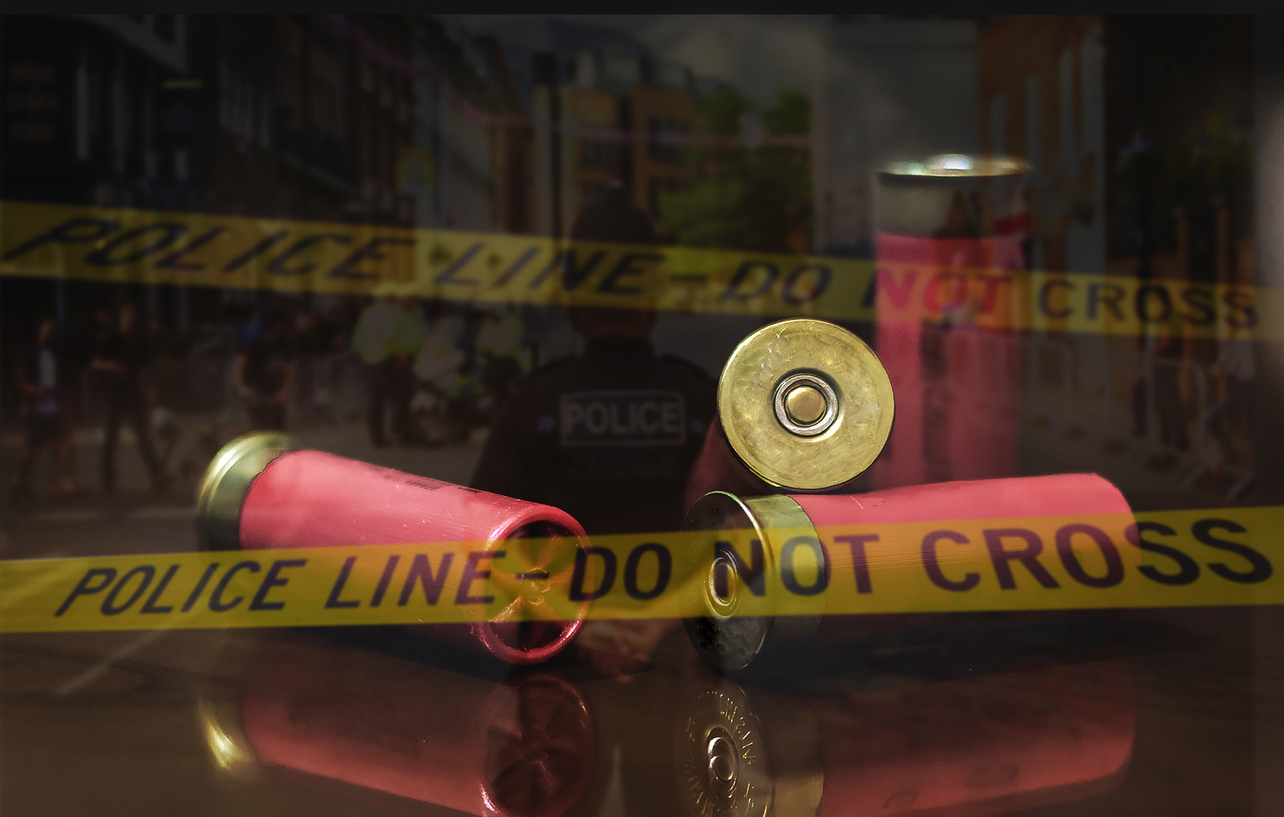In recent years, the rate of mass gun violence has increased, as has the amount of media coverage and attention paid to such incidents. Following this trend, the demand for deadly weapons insurance has increased as well. Companies are seeing the numbers of policies increase by more than 200 percent.
And no wonder, 2019 saw the highest number of mass shootings seen to date. The Gun Violence Archive defines a “mass shooting” as an incident when four or more individuals (not including the shooter) are shot. The victims need not be killed, wounds count towards the total as well.
So, this statistic largely refers to smaller crimes than the horrific school shootings seen on television, but the perception of the danger has increased, and so has the need for appropriate coverage.
Rationale
Businesses are taking out such policies for a number of reasons. First and foremost, there is precedent for companies and organizations being held liable for damages when shootings take place on their property.
For example, in 2017 fifty-eight people were killed in Las Vegas when a man fired from his room in the Mandalay Bay Hotel. MGM Resorts International was forced to settle the case brought by the victims – for close to $800 million. School systems as well have been held responsible even for incidents at sporting events. This has resulted in active shooter policies being taken out in greater numbers.
Even for companies or churches that have a very low likelihood of a shooting purchasing insurance can reassure customers or parishioners. While it does not directly provide security, it does show that the organization’s leadership is taking the threat seriously and has put some thought into it. For most though, the risk of damages after such an incident are too impossible to manage, and deadly weapons insurance has become an option.
Methodology
The insurers evaluate the policies based on a risk assessment of the property to be covered, of course. But with deadly weapons insurance, this has the added benefit of alerting the policyholders to any shortcomings they may have regarding security. Companies use questionnaires among other methods to determine the level of preparedness and vulnerability and, in some cases, provide a numeric score. For organizations that receive a higher score, this becomes a bragging right of sorts, a way to alleviate the concerns of parents or clients who may be worried.
A low score not only increases the cost of the coverage, but it can also provide a road map for the organization to increase their readiness for an incident. For some, the insurance may have been the only measure they had planned to take, but it could be that the insurance policy itself may be helping them take the initiative to prevent mass shootings before they happen.
https://www.cnbc.com/2020/01/10/rise-in-mass-shootings-boosts-active-shooter-insurance.html
https://www.gunviolencearchive.org/methodology














